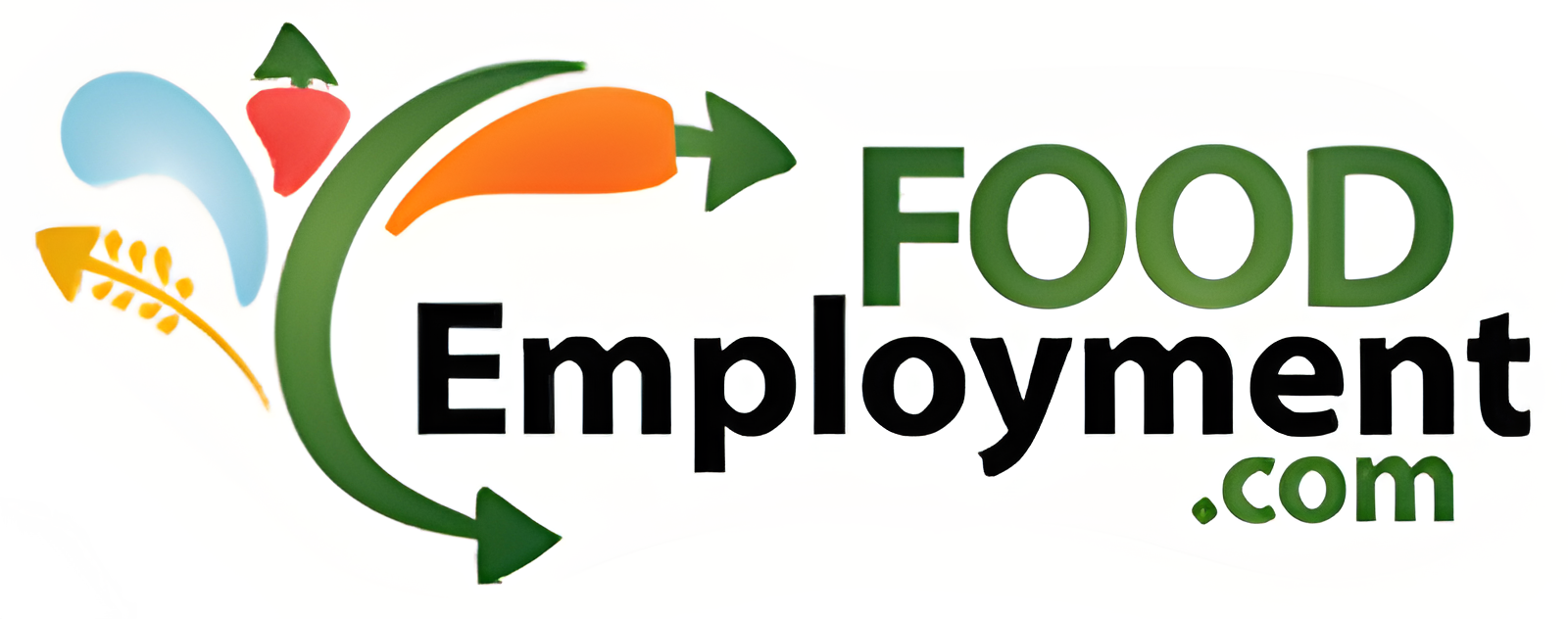The Evolving Resume
Need to Write or Update your Resume/CV? Read this blog first.
If you haven’t written or updated your resume/CV in while you may be surprised to see how things have changed over the last 5-10 years. The resume/cv has been evolving along with the job market, reflecting changes in hiring practices, technology, and design trends.
Here are some notable shifts in Resume/CV layouts:
Visual Appeal and Design Elements
Graphics and Icons: Resumes today often incorporate subtle graphics, icons, or creative elements to make them visually appealing.
Infographics: Some professionals use infographics to present key skills and achievements in a visually engaging manner.
Minimalism and Simplicity
Clean Designs: There is a trend towards clean and minimalist designs, focusing on readability and simplicity.
Shorter Resumes: Conciseness is key, and many job seekers aim for shorter, more focused resumes, typically one or two pages.
Customization for Online Applications
Keyword Optimization: Resumes are often tailored to include relevant keywords for specific job applications, especially for online submissions that undergo electronic screening.
Hyperlinks: Professionals include hyperlinks to LinkedIn profiles, portfolios, or other online resources to provide additional information.
Incorporation of Technology
Digital Formats: With the rise of applicant tracking systems (ATS), resumes are often designed to be easily parsed by these systems, prompting the use of standard fonts and formats. Typically, PDF or Word format is preferred.
Online Portfolios: Job seekers increasingly include links to personal websites or portfolios showcasing their work.
Focus on Achievements
Results-Oriented Content: Resumes now emphasize achievements and quantifiable results, showcasing how a candidate added value in previous roles rather than just listing responsibilities.
Personal Branding
Professional Summaries: A well-crafted professional summary or objective is becoming more common, allowing candidates to present a brief overview of their skills and career goals.
Branding Statements: Job seekers often include a brief branding statement that encapsulates their unique value proposition.
Social Media Integration
LinkedIn Integration: Many professionals include their LinkedIn profiles, recognizing its significance in professional networking and showcasing a broader professional footprint.
Section Flexibility
Skills Sections: A skills section is often prominently placed, showcasing key competencies relevant to the position.
Customizable Sections: Resumes are increasingly flexible, allowing candidates to include sections relevant to their career, such as certifications, publications, or volunteer work.
Remote Work Emphasis
Remote Work Experience: Given the increased prevalence of remote work, some resumes highlight experience and skills related to remote collaboration, project management, and digital communication.
Accessibility
Accessible Design: There's a growing awareness of the importance of creating resumes that are accessible to individuals with disabilities, prompting the use of accessible fonts, colors, and formatting.
Today’s resume/CV’s are characterized by a balance between visual appeal, concise content, and adaptability for online applications. Job seekers focus on presenting a compelling narrative of their professional journey while aligning with contemporary hiring practices.



